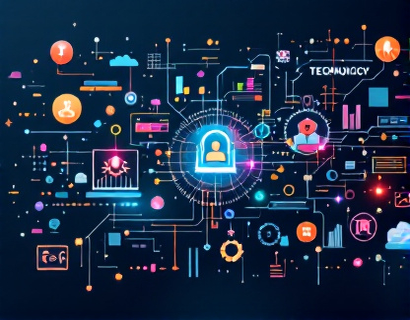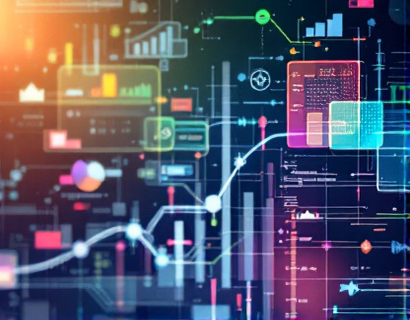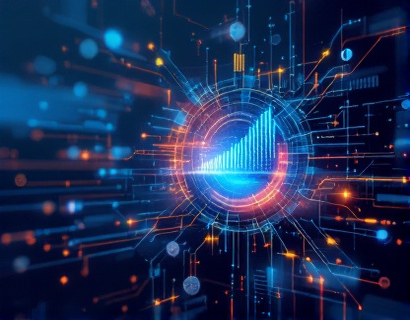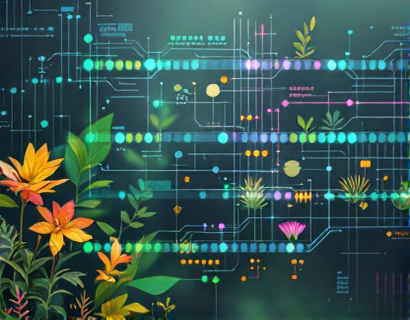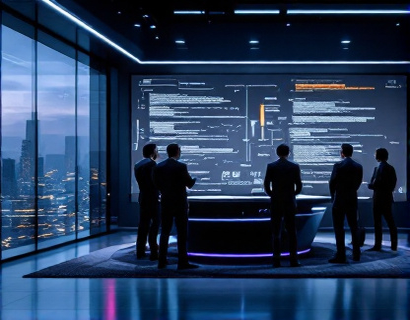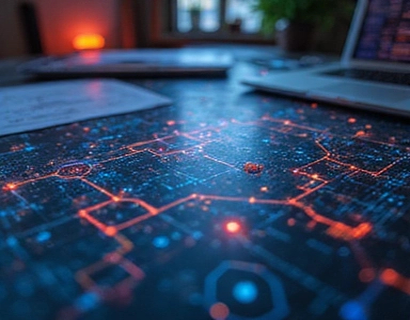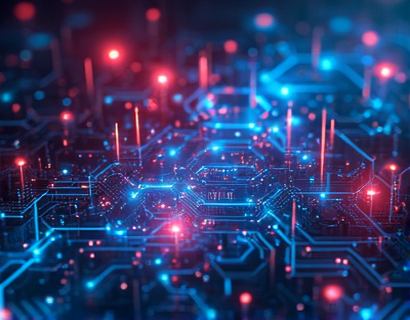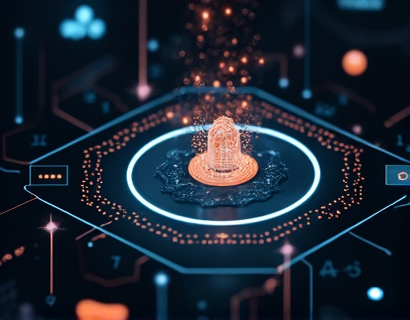AI-Driven Personalized Learning: Transforming Astronomy Education
In recent years, the integration of artificial intelligence in education has opened new horizons, particularly in specialized fields like astronomy. This transformation is not merely about digitizing existing content but about creating immersive, personalized, and interactive learning experiences that cater to the diverse needs of students and enthusiasts. An AI-driven platform designed for astronomy education leverages advanced algorithms and machine learning to offer tailored insights and resources, making the exploration of the cosmos more engaging and accessible.
Personalized Learning Paths
The cornerstone of this AI-driven approach is the creation of personalized learning paths for each user. By analyzing individual strengths, weaknesses, and learning preferences, the platform can curate content that aligns perfectly with the user's needs. For instance, a beginner might start with foundational concepts such as the solar system and basic physics, while an advanced learner could dive straight into topics like dark matter or exoplanet atmospheres. This personalized approach ensures that no student is left behind or bored, fostering a deeper and more meaningful engagement with the subject matter.
Interactive Exploration Tools
One of the most exciting aspects of AI-driven astronomy education is the use of interactive exploration tools. These tools allow users to visualize and interact with celestial bodies and phenomena in real-time. For example, students can manipulate 3D models of planets, observe the phases of the moon, or simulate the orbits of planets around the sun. Such hands-on experiences not only enhance understanding but also spark curiosity and a sense of wonder about the universe. The platform can integrate data from real telescopes and space missions, providing users with up-to-date and authentic information.
Expert Insights and Community Engagement
Beyond personalized content, the platform connects users with a community of astronomy enthusiasts and experts. This community aspect is vital for fostering a collaborative learning environment. Users can participate in forums, ask questions, share discoveries, and engage in discussions with peers and professionals. Expert insights are another valuable resource, offering users the opportunity to learn from leading astronomers and educators. These insights can be in the form of video lectures, live Q&A sessions, or written articles, providing diverse and rich learning experiences.
Adaptive Learning Technologies
Adaptive learning technologies play a crucial role in enhancing the educational experience. These technologies use AI to continuously assess user progress and adjust the difficulty and type of content accordingly. For example, if a student is struggling with a particular concept, the platform can provide additional explanations, examples, and practice problems tailored to their level of understanding. Conversely, for topics mastered quickly, the platform can introduce more challenging material to keep the learner engaged and motivated.
Gamification and Motivation
Gamification is another powerful tool used to enhance learning and motivation. By incorporating game-like elements such as badges, points, and leaderboards, the platform makes the learning process more enjoyable and competitive. Users can earn rewards for completing courses, participating in challenges, and contributing to the community. This not only boosts engagement but also provides a sense of achievement and progress, encouraging users to continue their learning journey.
Real-World Applications and Career Paths
The practical applications of astronomy knowledge are vast and varied, ranging from space exploration and satellite technology to environmental monitoring and fundamental scientific research. The AI-driven platform highlights these real-world applications, helping students understand the relevance and impact of astronomy in everyday life. Additionally, the platform can offer resources and guidance for career paths in astronomy and related fields, from academic research to industry roles, inspiring the next generation of astronomers and space scientists.
Accessibility and Inclusivity
Accessibility and inclusivity are paramount in modern education. The AI-driven platform ensures that learning resources are available to a wide audience, regardless of geographical location, economic background, or physical abilities. Content is designed to be accessible on various devices, including smartphones and tablets, making it convenient for users to learn anytime and anywhere. The platform also offers multilingual support and adaptive interfaces for users with disabilities, ensuring that everyone has the opportunity to explore and learn about the universe.
Continuous Improvement and Innovation
The field of AI in education is rapidly evolving, and the platform is committed to continuous improvement and innovation. Regular updates based on user feedback and the latest research ensure that the content remains current and effective. The platform also explores new AI techniques and technologies to further enhance the learning experience. For example, natural language processing can enable more intuitive interactions, while computer vision can provide advanced image and video analysis tools for astronomical data.
Conclusion
AI-driven personalized learning is revolutionizing astronomy education by making complex concepts accessible, engaging, and interactive. Through personalized learning paths, interactive exploration tools, expert insights, and a supportive community, students and enthusiasts can deepen their understanding of the cosmos. This transformative approach not only enhances individual learning experiences but also contributes to a broader appreciation and advancement of astronomical knowledge. As technology continues to evolve, the potential for AI to further enrich astronomy education is immense, promising a future where the wonders of the universe are within reach of everyone.



